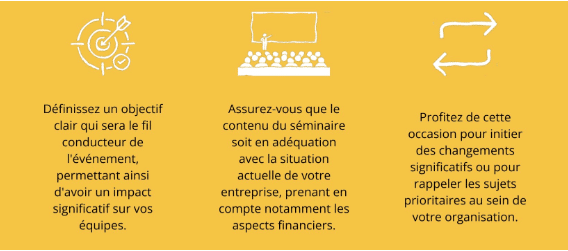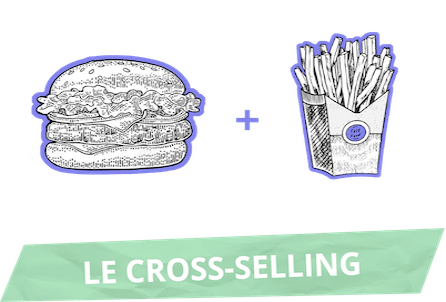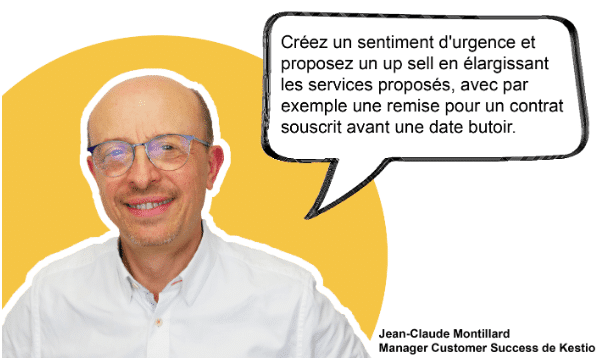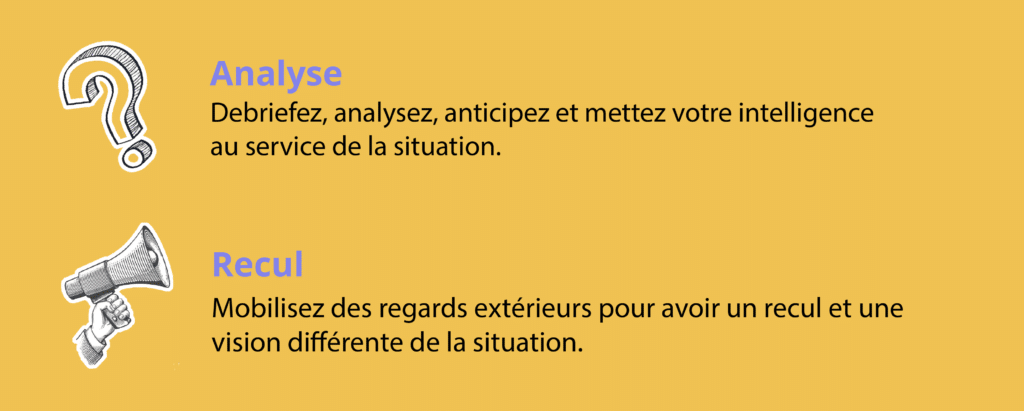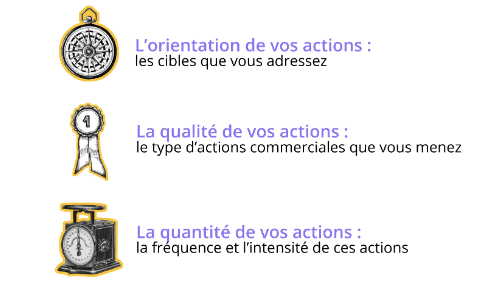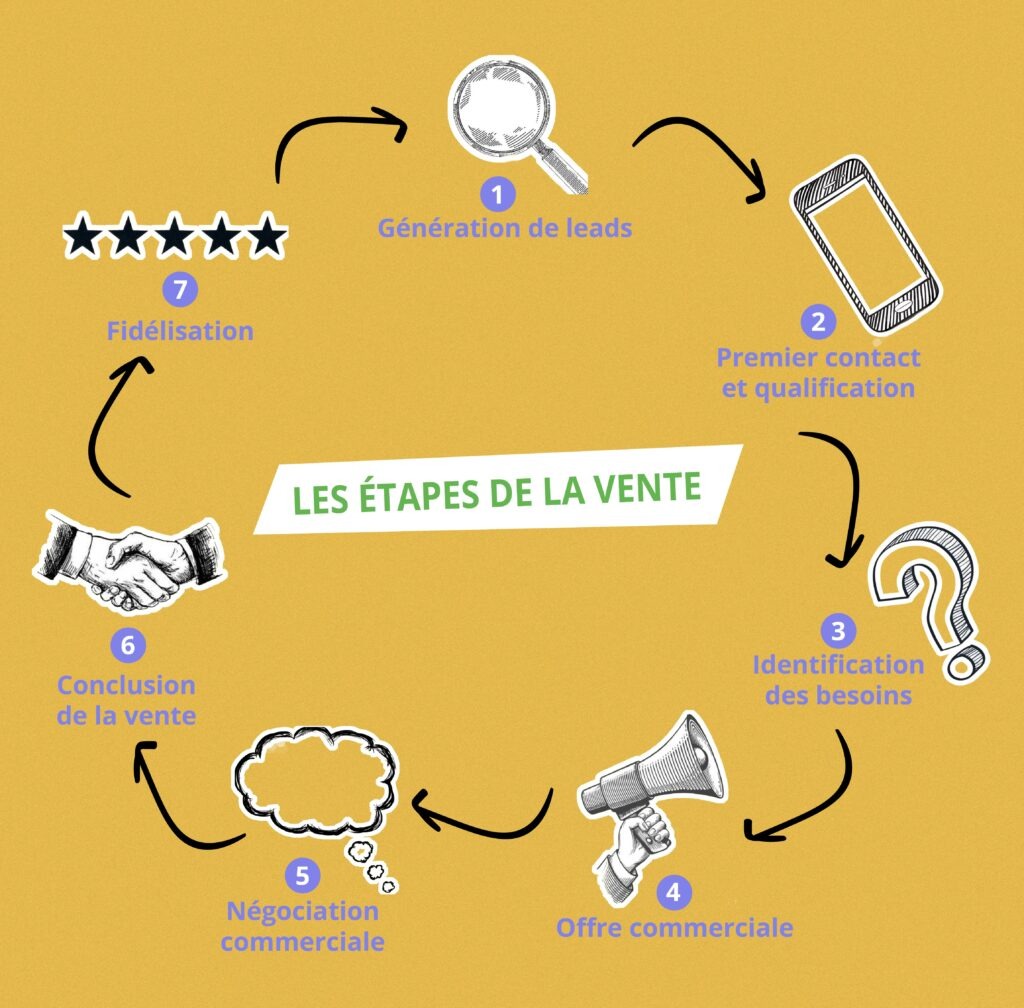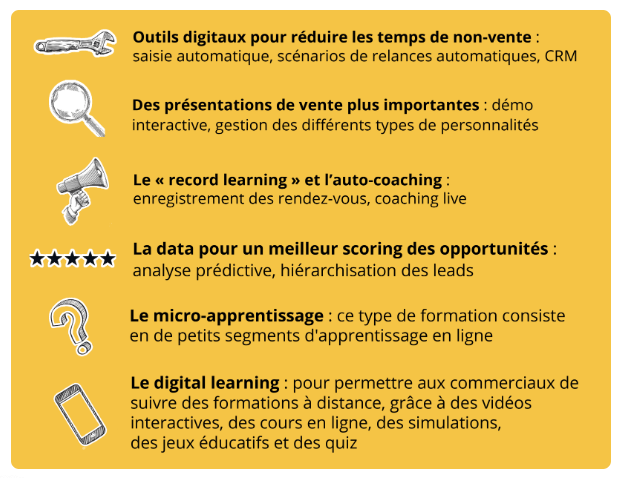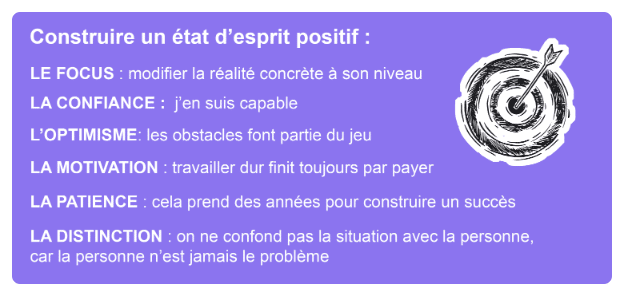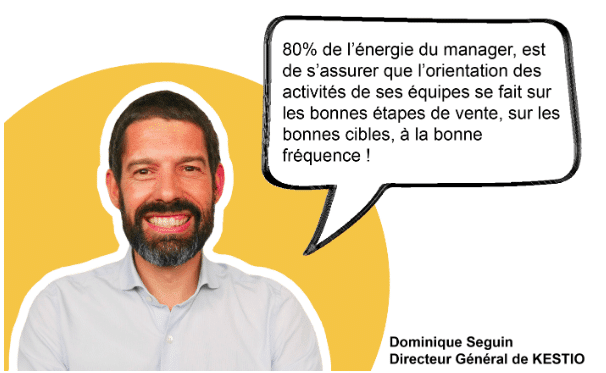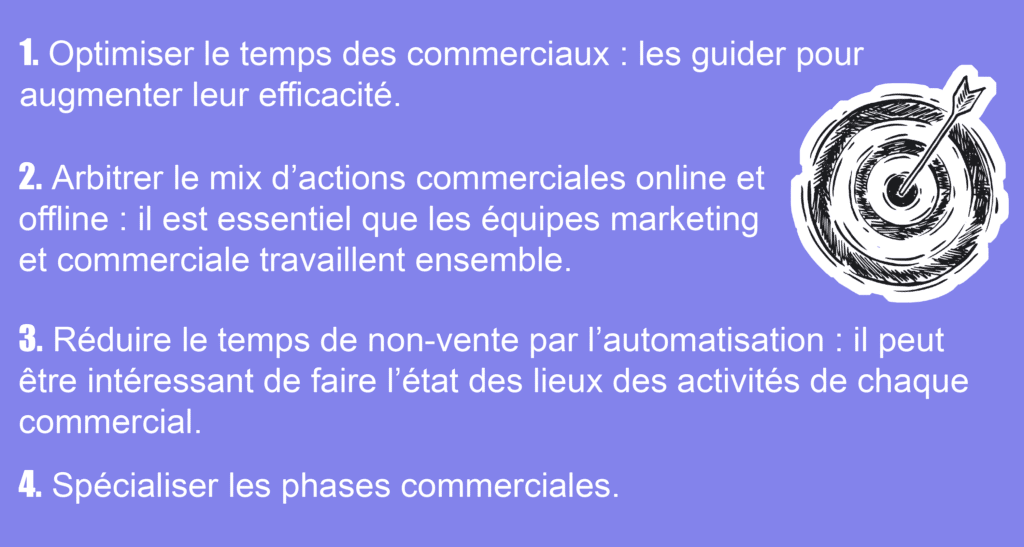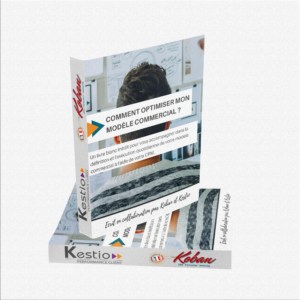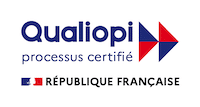Before you make the most of your vacations, we'd like to help you prepare for your return to school in the best possible way.
Discover our 6 essential keys to taking stock of your summer activitiesand prepare for a successful return to work.
To round off this last newsletter before the summer break, KESTIO has an exceptional offer in store for you. We're offering you the chance to schedule a session with one of our CODIR members at the start of the new school year. This session will be specially designed to help you prepare for the start of the new year and address the topic of your choice.
Take advantage of this unique opportunity to benefit from expert advice and start the next season with confidence.
KEY No. 1: Lay the foundations for your sales strategy
It may seem obvious, but a clear sales strategy for all sales teams is a prerequisite for controlling development and achieving objectives.
Many managers still believe that recruiting a "good salesperson" is the solution to achieving sales performance...
Unfortunately, it's not as easy as that, as other components come into play.
Are you sure you've taken them into account when drawing up your back-to-school sales strategy?
- Objectives and monitoring indicators: Set clear objectives for results and define the associated measurement indicators to assess their achievement throughout the year. 📈
- Means and resources: Determine the resources needed to win and retain customers, including sales channels, marketing actions and lead flows. ✅
- Priority targets and effort allocation: Segment your customers and prospects according to their development potential, then allocate sales efforts appropriately to each segment. 🎯
KEY No. 2 - Organize a seminar with impact
After a well-earned vacation, the back-to-school period is the ideal opportunity to bring your teams together and strengthen cohesion within your company. Seminars play an essential role in developing corporate culture and a sense of belonging among employees.
To ensure the success of your back-to-school seminar : |
Take the time to plan this event and create a memorable experience for all your employees.
KEY No. 3 - Optimize your sales productivity through automation
In a successful sales business, certain time-consuming tasks are essential, but can be optimized throughautomation.
- Be present and generate conversations
on social networks by using automation tools to optimize prospecting on LinkedIn, detect your targets and save time by sending messages automatically.
- Be present and generate conversations
- Take advantage of an indispensable prospecting tool
to obtain contacts and contact details by accessing millions of verified emails and phone numbers of your prospects.
- Take advantage of an indispensable prospecting tool
- Use automated scheduling software
to easily schedule appointments with your prospects and customers, giving a third party access to your available slots.
- Use automated scheduling software
- Explore a benchmark in prospecting automation
that lets you send email sequences to prospects, find their contact details, automate contacts and increase your appointments.
- Explore a benchmark in prospecting automation
By discovering these automation tools, you can save precious time and significantly improve your sales productivity.
KEY No. 4 - Optimize your copywriting to generate more leads
68% of online shoppers enjoy reading content published by a company that interests them.
By working on the copywriting of your content, you can maximize the impact of your Inbound Marketing strategy. You'll attract qualified leads and build lasting relationships with your prospects.
To effectively work on your copywriting and generate quality leads:
- Know your target audience: Understand their needs and adapt your tone and language accordingly.
- Use catchy headlines: Generate interest with punchy headlines.
- Use CTAs: Guide prospects towards conversion by using clear, engaging CTAs.
- Provide valuable content: Offer relevant information and demonstrate your expertise to build trust.
By putting these copywriting principles into practice, you will dramatically improve your ability to generate quality leads and build strong relationships with your prospects.
Key 5: Personalize your message for a relevant customer approach
As a sales professional, you know that it's essential to understand and communicate effectively with your customers. Every customer is unique, and to establish a solid relationship, it's crucial to adapt your discourse to their profile.
To be truly customer-focused, adopt a coaching-oriented sales approach.
Rather than focusing solely on information gathering and product presentation, engage in constructive questioning and project yourself with the customer. Focus on generating interest and creating value.
To do this, you can use the DISC model, a behavioral analysis tool that identifies four basic emotional styles. Every customer has a unique combination of these styles, and by understanding their profile, you can tailor your approach to meet their specific needs . This will enable you to establish a better connection with your customers and optimize your business interactions.


